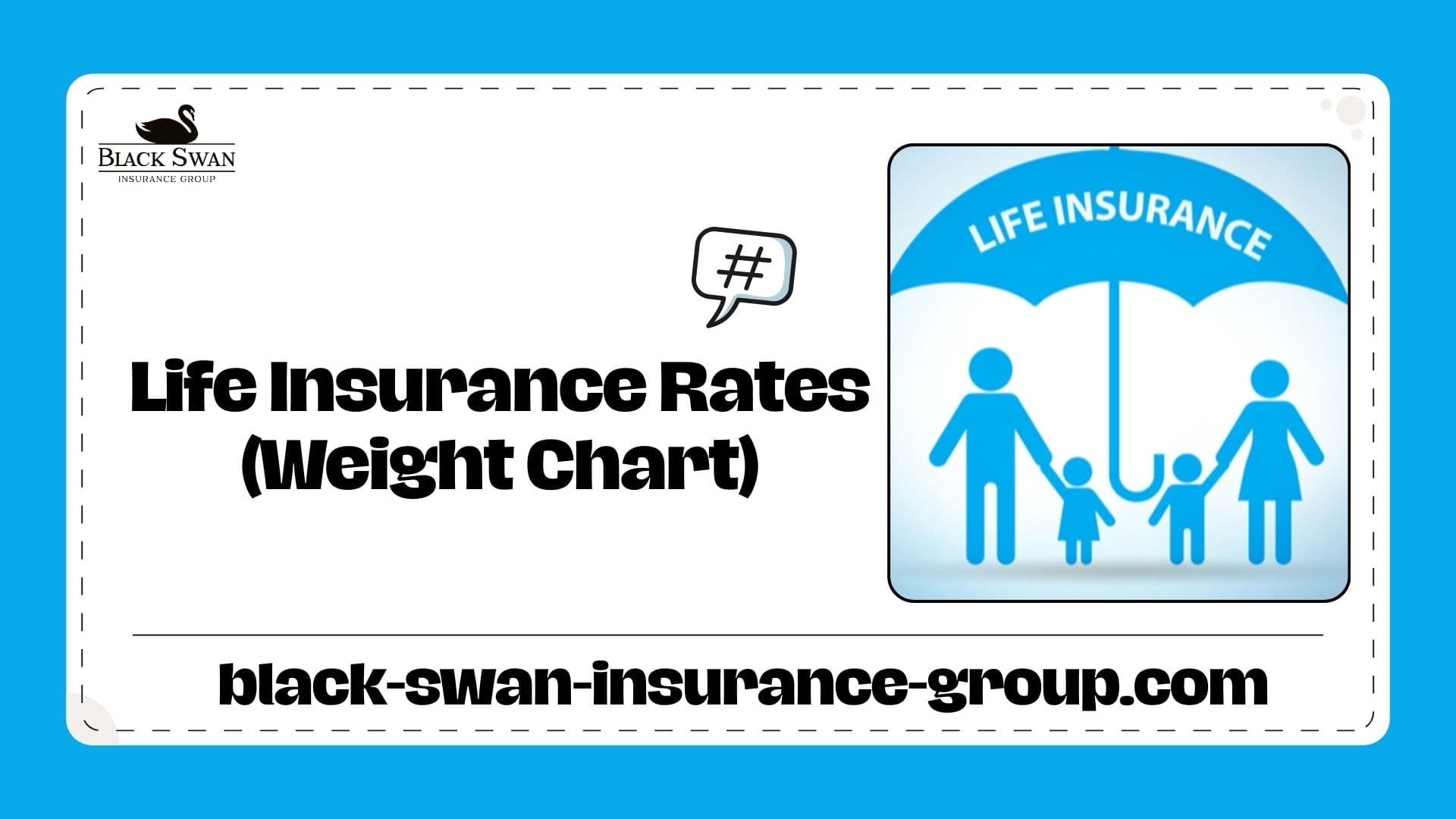Table of Contents
1. Introduction to Fixed and Variable Annuities
When planning for retirement, choosing the right annuity is essential to match your financial goals and risk tolerance. Fixed and variable annuities are two popular options, each with unique benefits and limitations. Fixed annuities provide guaranteed payments and are ideal for those who value stability and predictability. By contrast, the variable option offers growth potential through market‑linked sub‑accounts, making it suitable for individuals willing to accept higher risk.
Understanding these differences can help you determine which type of annuity fits your retirement strategy. Whether you’re focused on minimizing risk or maximizing returns, fixed and market‑driven annuities present distinct advantages worth exploring.
2. What Are Fixed Annuities?
Fixed annuities are insurance products designed to provide a steady income stream at a guaranteed rate. They are particularly attractive to retirees seeking security and predictability in their financial planning. With fixed contracts, the insurance company guarantees both the principal and interest, regardless of market performance.
These products are straightforward, making them an excellent choice for individuals who want a no‑risk option to supplement their retirement income. Fixed annuities typically offer a fixed interest rate for a specified term, ranging from a few years to a lifetime. This ensures you know exactly how much income to expect, simplifying budgeting and financial planning.
3. What Are Variable Annuities?
Variable Annuities: Growth with Investment Potential
Market‑linked annuities differ significantly from their fixed counterparts by offering the potential for higher returns through investments in sub‑accounts similar to mutual funds. You can invest in stocks, bonds, or other financial instruments. While these contracts provide an opportunity for growth, they also come with greater risk, as the value can fluctuate based on market performance.
One advantage of this flexible annuity type is the chance for higher payouts if the underlying investments perform well. They often include features such as death benefits or income guarantees, which can provide added security. However, these benefits come at a cost, as charges and expenses are generally higher than those of fixed annuities.
To learn more about how these products work, visit Investopedia’s in-depth explanation of variable annuities.
4. Key Differences Between Fixed and Variable Annuities
| Category | Fixed Annuities | Variable (Market‑Linked) Annuities |
|---|---|---|
| Risk & Returns | Guaranteed returns, safe and predictable | Higher growth potential, increased market risk |
| Flexibility | Less flexible, fixed payments | More flexible, customizable sub‑accounts |
| Fees & Costs | Typically lower fees | Higher fees for investment management and riders |
5. Benefits of Fixed Annuities
Fixed annuities offer several advantages that make them a popular choice for conservative investors. The primary benefit is the guaranteed income stream, which ensures financial stability regardless of market conditions. This feature is especially valuable during periods of economic uncertainty when other investments may be volatile.
Additionally, fixed contracts are simple to understand and manage. There are no complex investment strategies or market risks to navigate, making them an ideal option for individuals who prefer a straightforward product. The predictable nature of fixed annuities also makes them a reliable tool for budgeting and covering essential expenses in retirement.
6. Benefits of Market‑Linked Annuities
Growth‑oriented annuities are an excellent option for individuals seeking appreciation alongside retirement income. By investing in sub‑accounts, policyholders can benefit from market gains, potentially increasing the contract’s value over time. This feature makes them particularly appealing to younger retirees or those with a higher risk tolerance.
Another advantage is the ability to add riders, such as guaranteed minimum income or death benefits. These features provide added security, ensuring that you or your beneficiaries receive a predetermined payout regardless of market performance. This is similar in purpose to living benefits life insurance, which provides access to funds in the event of critical or chronic illness. However, it’s important to remember that these extras often come with additional costs.
7. Who Should Choose Fixed Annuities?
Fixed annuities are ideal for individuals who prioritize security and predictability in their financial planning. Retirees looking for a stable income source to cover essential expenses—such as housing or healthcare—will benefit most from this type of contract. These products are also well‑suited for conservative investors who want to avoid market risks and focus on preserving their principal.
Additionally, individuals nearing retirement may find fixed annuities particularly valuable, as they provide guaranteed payouts during a time when financial stability is crucial. By eliminating the uncertainty of market fluctuations, fixed contracts offer peace of mind and a reliable income stream throughout retirement.
8. Who Should Choose Variable Annuities?
Market‑driven annuities are better suited for individuals with a higher risk tolerance who aim to maximize investment growth. Younger retirees or those with longer time horizons can benefit from the growth potential offered by sub‑accounts. This makes such contracts attractive to people who are still focused on accumulating wealth during the early stages of retirement.
These annuities also appeal to individuals who want more control over their investments. The ability to select and adjust sub‑accounts provides flexibility, allowing policyholders to tailor their contracts to match financial goals and market outlook. However, it’s essential to understand the risks and fees involved before committing.
9. Combining Fixed and Variable Annuities
For some individuals, combining the two types can provide the best of both worlds. This strategy allows you to enjoy the stability of fixed products while benefiting from the growth potential of market‑linked options. By diversifying your annuity portfolio, you can balance risk and reward, ensuring both security and the opportunity for higher returns.
For example, you might use a fixed contract to cover essential expenses such as housing or healthcare, while allocating funds to a growth‑oriented annuity for discretionary spending or legacy planning. This approach provides financial flexibility, letting you adapt to changing needs and market conditions.
10. Final Considerations
Choosing between fixed and variable annuities depends on your financial goals, risk tolerance, and retirement needs. Fixed contracts are an excellent choice for those who value stability and predictable income, while market‑linked annuities cater to individuals seeking growth potential and investment flexibility.
Some people also compare these to permanent policies like whole life insurance, which offer lifelong coverage along with cash value accumulation. Consulting a financial advisor can help you evaluate your options and design a strategy tailored to your unique circumstances. Whether you select one type of annuity or a combination of both, the key is to align your choice with your long‑term objectives.
Conclusion: Take the Next Step with Black Swan Insurance
Understanding how fixed and variable annuities function is a crucial step in building a secure retirement. Each type offers distinct advantages, and in many cases, combining them can create a more balanced financial plan. Whether your priority is guaranteed income or growth potential, choosing the right annuity structure can make a significant impact on your retirement years.
At Black Swan Insurance, we’re committed to helping you navigate the complexities of retirement planning with personalized guidance and expert support. Call Us: (513) 647-3110 today to schedule a free consultation and explore the annuity solutions best suited to your long‑term financial goals.








